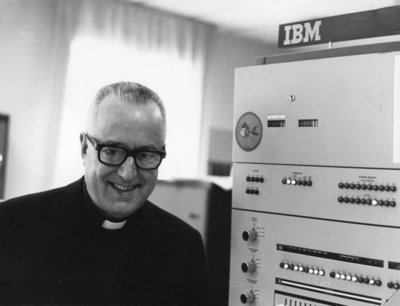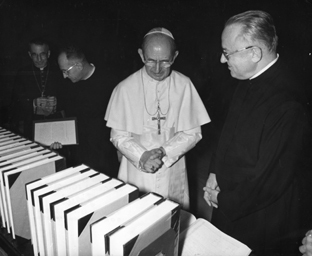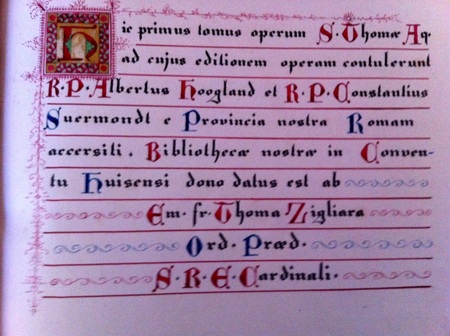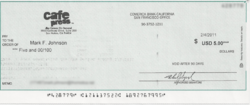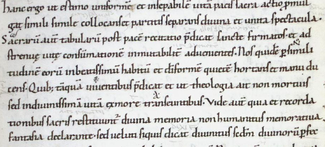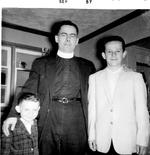On the future of Thomistica.net
/In late June I had come to the decision that I could no longer devote the time and resources to authoring and supporting this web site, and had decided—in actu signato sed nondum in actu exercito—to inform the site’s visitors of this, and then close the site down. When I sent around my draft valedictory to some close colleagues, I was urged by friends at The Aquinas Center at Ave Maria University to consider another option. “What if we take over the main support of the site,” they wondered, “add some contributors, and take the burden off your shoulders?”
Phew. That was welcome news, indeed. And in the interim, mostly behind the curtain but occasionally on the proscenium (e.g., posts by new contributors), the fine people at Ave Maria and I have been transitioning the logistics for the site and bringing on the new contributors and chief editor—a post from the new management will follow shortly.
Closing the site would have been hard to live with. When the idea for it came to me in the year 2000, there were no readily-available, on-line blogging sites. So I created my own, and struggled to learn .NET, SQL, XML, HTML and CSS, and endured all the hassles of coding for different web browsers—Microsoft’s IE 6 was truly of the devil—and was tearful with gratitude to happen upon the fledgling squarespace.com in 2004, whose stellar hosting and authoring system let me pursue the dream of having a news site for the academic study of St. Thomas, with opinions, newsletters, picture galleries, and the like. Thanks to the collaborative efforts of Jörgen Vijgen, Robert Barry, Steve Perisho, David Whidden, and Michael Dougherty, we’ve been able to have a cheerful and informative site.
The great news is that the site will remain sure-footed under the direction and support of the people at The Aquinas Center at Ave Maria University, will in fact have a larger base of fine and diverse contributors, and will assuredly expand its viewership to an ever-widening audience of those interested in the academic study of St. Thomas Aquinas. Roger Nutt will be overseeing the site, with help of Michael Dauphinais and Joseph Trabbic. The new contributors will include Fr. Matthew Lamb and Steven Long of Ave Maria and Christopher Malloy of the University of Dallas and Fr. Timothy Bellamah of the Dominican House of Studies.
For myself I need and plan to live small, which will not be inherently antithetical to an occasional contribution—something the new editorship has generously encouraged.
That’s it for now. The esse of the site perdures, stemming from its continued final cause and appropriate, now-increased and diversified efficient and material causes. Thanks to all who have submitted information for us to share over the years. Thanks for your visiting and gathering useful information. And above all, thanks for any pleasure you may have derived from your visits and participation. Such enjoyment has been the purpose of the site, after all, from day one.
Let’s keep this thing going.


